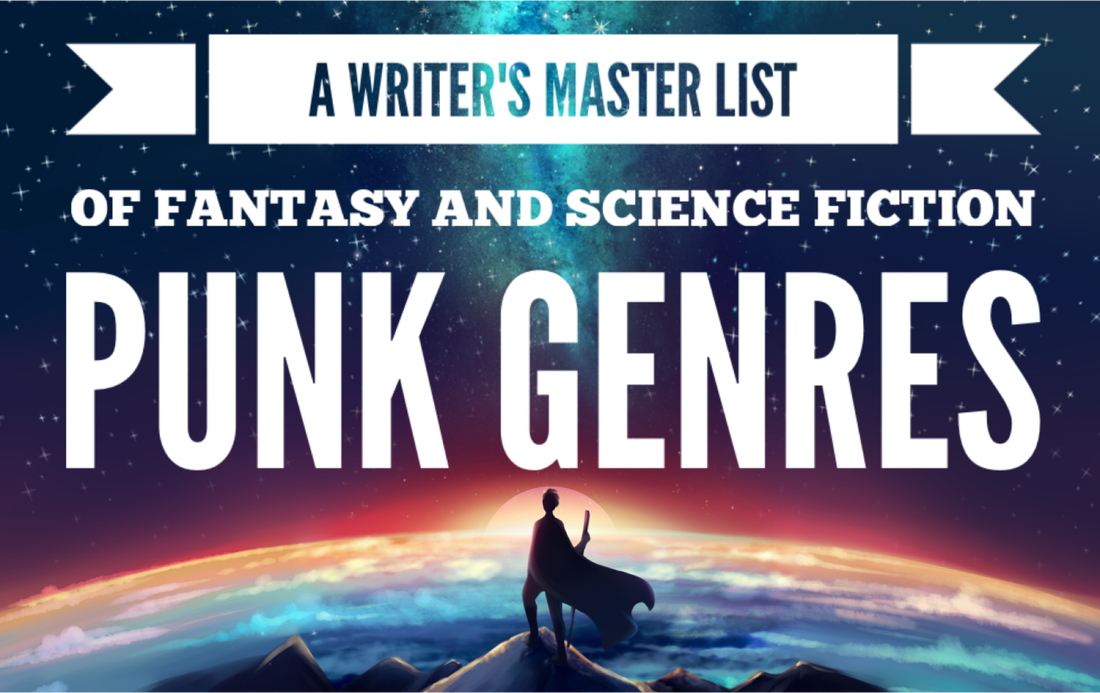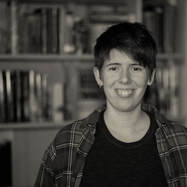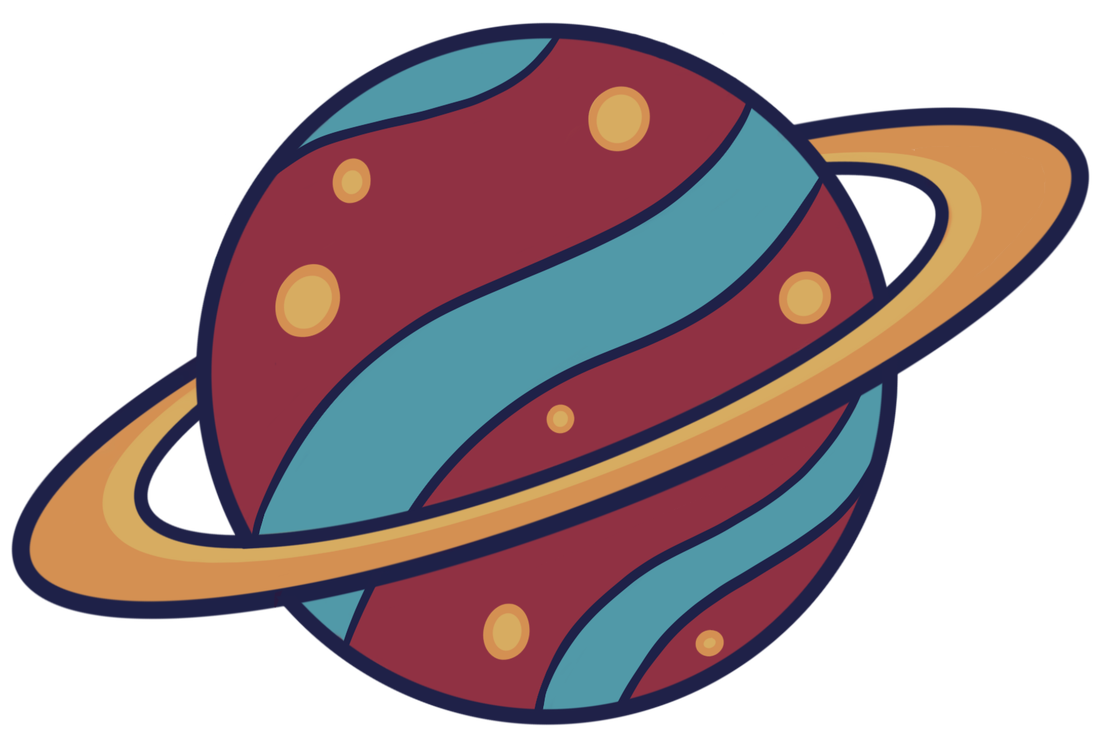A Writer’s Master List of Fantasy Punk Genres From Magicpunk to Steampunk to PiratepunkPunk Genres: From Magicpunk to Steampunk to Piratepunk |
| Megann is an editor, writer, and artist specializing in fantasy, science fiction, and basically anything with magic. Or dragons. Or starlight and spaceflight and gods that walk the worlds. She has a children's book published (co-authored with her sister) titled Bellow of the Beast, and she is in the middle of writing her first full-length fantasy/sci-fi novel. |
Wow, that's a lot of punks! Who knew? I never thought of Firefly or Mistborn as punk sub-genres. Interesting take. Also interesting... you said, "Japanese samurai with an epic space opera among the stars?" It just so happens one of the main characters in my space opera has a Japanese samurai-based culture. I can't imagine it would fall into a punk category, though. Hmm.
I was surprised at how many there are, too! Your story sounds awesome! Is it a WIP or have you already published it? I'm always on the look out for more space opera (especially space opera with Japanese samurai elements). And I think a story can share elements from a punk category without necessary falling into that category. It's a very subjective thing.
Leave a Reply.
|
Subscribe and get a free worldbuilding booklet!
-categories-
All
|





 RSS Feed
RSS Feed
